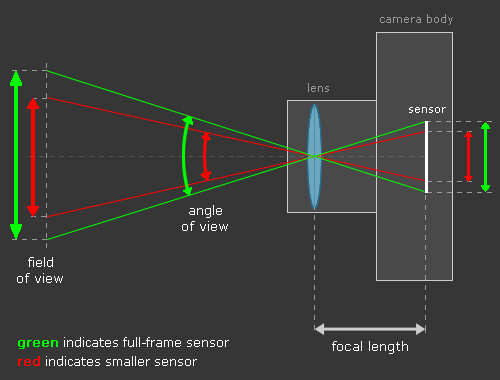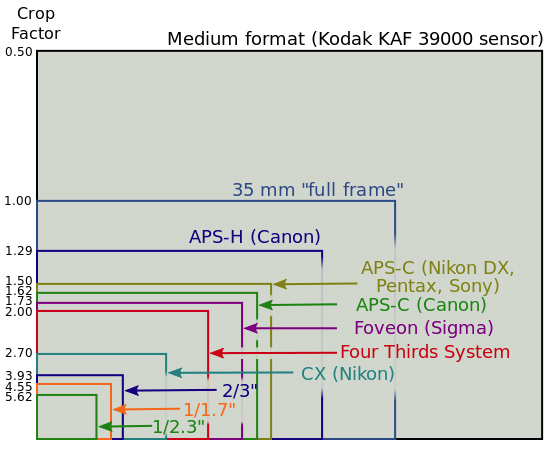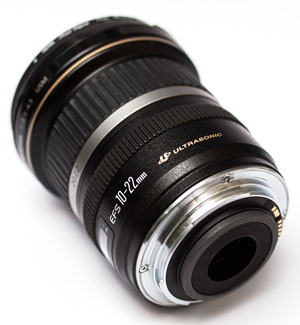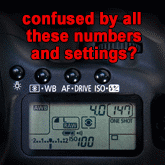A 35mm film camera uses a film roll where each exposure is 36mm wide and 24mm high. A full frame digital camera body mimics this exposure size, and has a digital sensor that is the same size as the 35mm exposure. This allows lenses designed for 35mm film cameras to be used on a full frame digital camera and still provide the same field of view as on a 35mm film camera.
A crop body is a digital camera which has a smaller sensor, which only "sees" a portion of the field of view, making it look like you are closer to the subject being photographed. That means for a given distance between the camera and the subject being photographed, a crop body has a smaller field of view and a smaller angle of view than a full frame camera body.

The smaller sensor in a crop body has an impact on the field of view, with an apparent magnification of the focal length. This causes the effective focal length of a lens to be longer than the actual focal length, ie, the effective focal length of a given lens on a crop body is longer than the same lens is on a full frame body.
The minimum focus distance of a lens is not impacted by the size of a camera's sensor.
The aperture of a lens is not affected, but the depth of field for a given aperture is shallower on a full frame sensor than on a crop sensor. This is because with equivalent fields of view, a crop camera has a shorter distance to the subject than a full frame camera, and the distance between camera and subject is one of the factors affecting depth of field.
The crop factor is the multiplier for a crop body. Multiplying the crop factor by a lens' focal length will give you the effective focal length.
For example, a Canon 50D has a crop factor of 1.6. The effective focal length of a 50mm lens on a Canon 50D is 50 * 1.6 = 80mm. In other words, a 50mm lens on a Canon 50D will have the same field of view as an 80mm lens on a full frame camera body.
The image below provides a comparison of the some common sensor sizes, as well as the crop factor of each.

The sensor size shown as "35mm 'full frame'" with a crop factor of 1.0 refers to 35mm film cameras and full frame DSLR camera bodies, such as the Canon 5D, 6D and 1Ds series, as well as the Nikon D600, D610, D700, D800, D3, D4, and the D3X. Nikon refer to their full frame cameras as FX format.
Canon DSLR crop bodies have an APS-C sensor size, with a crop factor of 1.6 (the exception to this is the Canon 1D series, which has an APS-H sensor size, with a crop factor of 1.3). This includes the Canon xxxxD series (1000D, 1100D, 1200D), 100D, xxxD series (300D through to 700D), the xxD series (10D through to 70D), and the 7D.
Nikon DSLR crop bodies have an APS-C sensor size that is slightly larger, with a crop factor of 1.5. Nikon refer to this sensor size as DX format.
Camera manufacturers who produce both full frame camera bodies and crop camera bodies typically produce lenses designed for each. For example, Canon's EF lenses are designed for full frame camera bodies, but will work fine on crop bodies too (with the effective focal length being multiplied by the crop factor).
Canon's EF-S lenses are designed for their range of crop camera bodies, and will not physically fit on a full frame body.
Similarly, Nikon's FX lenses are designed for their full frame camera bodies, but will work on their crop bodies, while Nikon's DX lenses will only work on their crop bodies.
Here is a summary of the designations used by DSLR and third-party lens manufacturers for their lenses designed specifically for APS-C crop camera bodies:
- Canon: EF-S
- Konica Minolta: DT
- Nikon: DX
- Pentax: DA
- Samsung: NX
- Sigma: DC
- Sony: DT, E
- Tamron: Di II
- Tokina: DX
Benefits of a full frame sensor include
- better high ISO performance (due to larger pixel size)
- broader dynamic range (due to larger pixel size)
- bigger and brighter viewfinder
- shallower depth-of-field
- lenses provide wider field of view than on a crop sensor (useful for landscapes and similar)
- increase in effective focal length (easier to take close-up images of distant objects, useful for sports and wildlife)
- crop sensor camera bodies are cheaper than full frame camera bodies
- lenses designed for crop sensors are cheaper
- imperfections in a lens, such as vignetting, soft focus at edges are less likely to be an issue, due to the cropped field of view
There are multiple factors that you need to consider when deciding between a camera with a full frame sensor vs a camera with a full frame sensor.
The benefits of each (as listed above) are a useful start, but there are other factors to consider too. I have previously written about choosing a camera body, and some of the points mentioned in that post are worth re-visiting here.
Instead of obsessing between different bodies, it is also important to consider lens options. Good quality lenses will last you for many years, and do not become obsolete. However, camera manufacturers typically release updated camera bodies every 18 months or so. Updated bodies will have better performance and additional features, and you can always upgrade to a higher-spec body and/or newer body at a later date.
The ISO performance of a current full frame camera body may be matched and exceeded by the ISO performance of a crop camera body in a year or two anyway!
Cost is always a factor that needs to be considered - and you shouldn't blow your budget on a full frame camera body if that leaves you with insufficient funds to buy some decent lenses to do the full frame sensor justice. In that situation, you would be better off looking at a crop sensor camera body (or a second-hand full frame body), as that would allow you to spend more on some lenses.
If you are unsure whether you need the better ISO performance of a full frame camera body, or if the extra reach of a lens on a crop body will be useful, it may be worthwhile to hire some gear and try it out in a variety of situations. Hiring camera gear is surprisingly cheap, and can be a very worthwhile investment, allowing you to make a much more informed decision about which camera body is right for you.




Great article Martin even as someone who has been shooting for years I picked up a couple of things from this. The pictures were most helpful. Hope all is well for you.